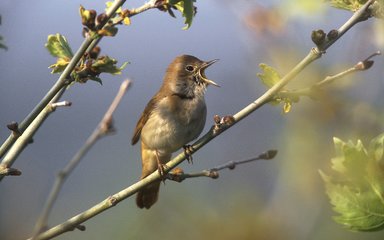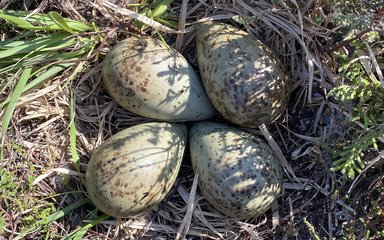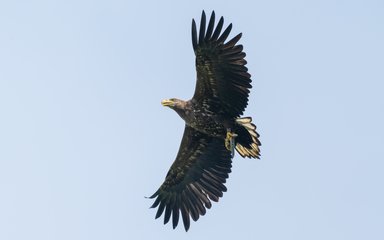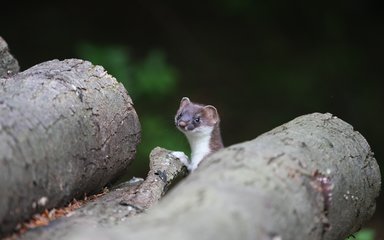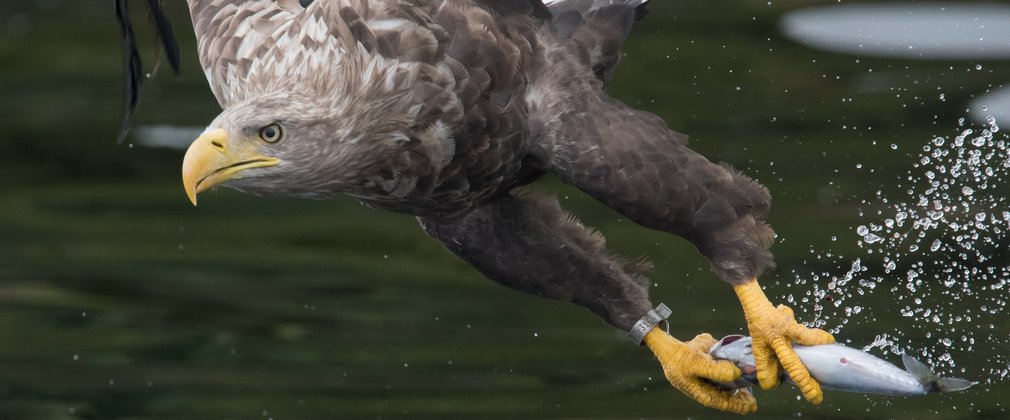
Hunted to extinction, the white-tailed eagle has been absent from the shores of England for 240 years. Now, in a ground-breaking project, we are restoring these majestic birds to their ancestral home.
The white-tailed eagle was once a common sight across the southern coast of England. Persecution led to the eagles being wiped out, with the last known breeding place recorded as Culver Cliff on the Isle of Wight in 1780.
We have been working with The Roy Dennis Wildlife Foundation to restore this lost species to woodland on the Isle of Wight. Six young birds from Scotland have recently been released as part of a five-year reintroduction programme.
England's largest bird of prey
Known as the sea eagle, the white-tailed eagle is UK’s largest bird of prey. With a wingspan measuring over 2 metres, and standing almost a metre tall, these impressive birds are recognisable by their brown body plumage with a pale head and tail feathers, looking whiter in older adults.
White-tailed eagles are also one of the UK’s rarest species and listed as a bird of Conservation Concern. Lost through human activity, they are a missing part of England’s biodiversity.
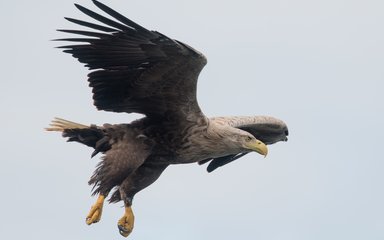
“I have spent most of my life working on the reintroduction of these amazing birds and so watching them fly out across the skies of the Isle of Wight has been a truly special moment."
- Roy Dennis, Founder of the Roy Dennis Wildlife Foundation
Why the Isle of Wight?
White-tailed eagles like fishing in shallow water, making the Isle of Wight and the Solent an ideal habitat. Fish such as grey mullet are expected to be a big part of their diet. Along the coastline, areas where the cliff edges have slipped provide quiet spots for the young eagles and the woodlands we manage will provide plenty of potential nesting sites in the years to come.
By establishing a population on the south coast, it is hoped the birds will also support existing communities in France, the Netherlands and Ireland, helping to secure a long-term future of the white-tailed eagle in Europe.
Tracking their progress
The birds have been fitted with coloured leg rings to help us recognise individuals more easily, as well as small transmitters so we can remotely track their movements as they disperse around the island.
To help the young birds along and encourage them to settle on the coast, the project team have set up feeding stations and are monitoring their progress as they become familiar with their new surroundings.
“I spent many, many hours observing the birds before release. I get the same thrill every time I look at them as when I first saw them arrive here on the Island.”
- Jim Baldwin, a project volunteer and local Isle of Wight resident
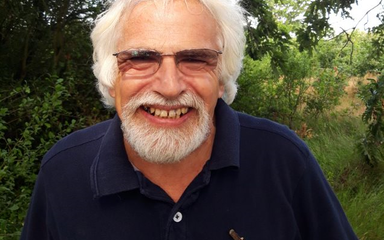
Working alongside the community
Before their release, the six young birds were brought to the island and cared for by a team of experts. Dedicated volunteers have also contributed over 500 hours preparing food, feeding the birds and assisting the project team to prepare the reintroduction site.
Local Isle of Wight resident Jim Willmott has been one of the volunteers monitoring the birds:
“At the start they mostly stayed in the nest areas and slept a lot, but soon they were venturing out onto the perches, practicing balancing and moving along them. Next came the jumping and wing flapping, and then when I least expected it one of them did their first ever flight. The bird looked as surprised and pleased as I did!”
The future of white-tailed eagles in England
To build the population, further releases of birds will take place each year. It will take several years for these young birds to become established and breeding will not start until at least 2024. But, in time, it is hoped the white-tailed eagle will become a familiar site over the skies of southern England once again.

